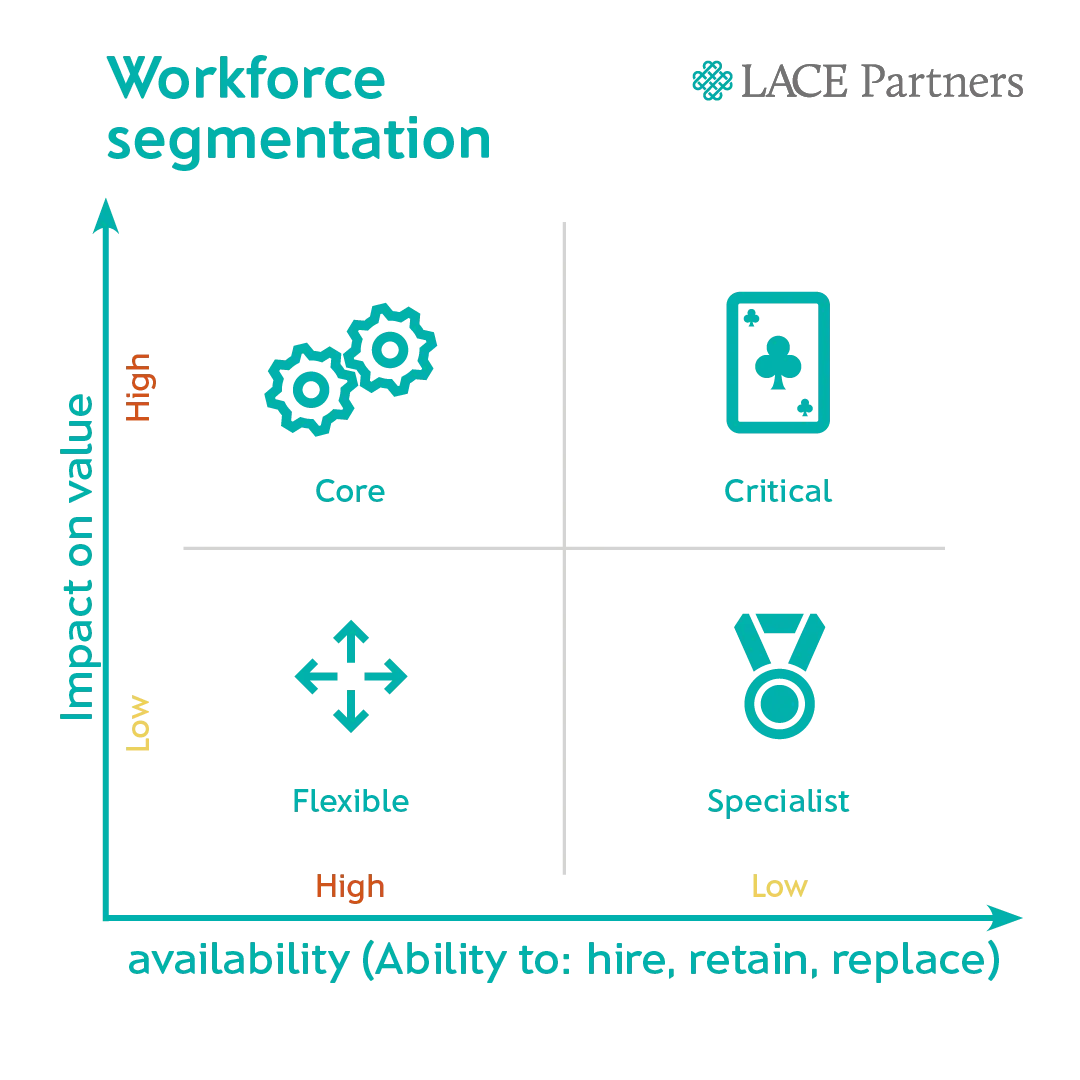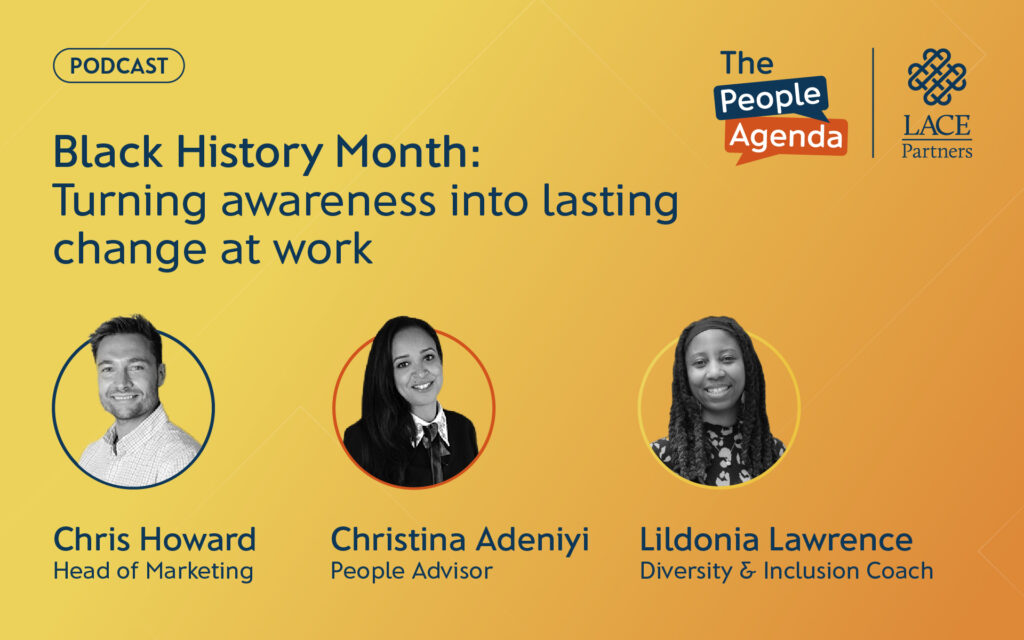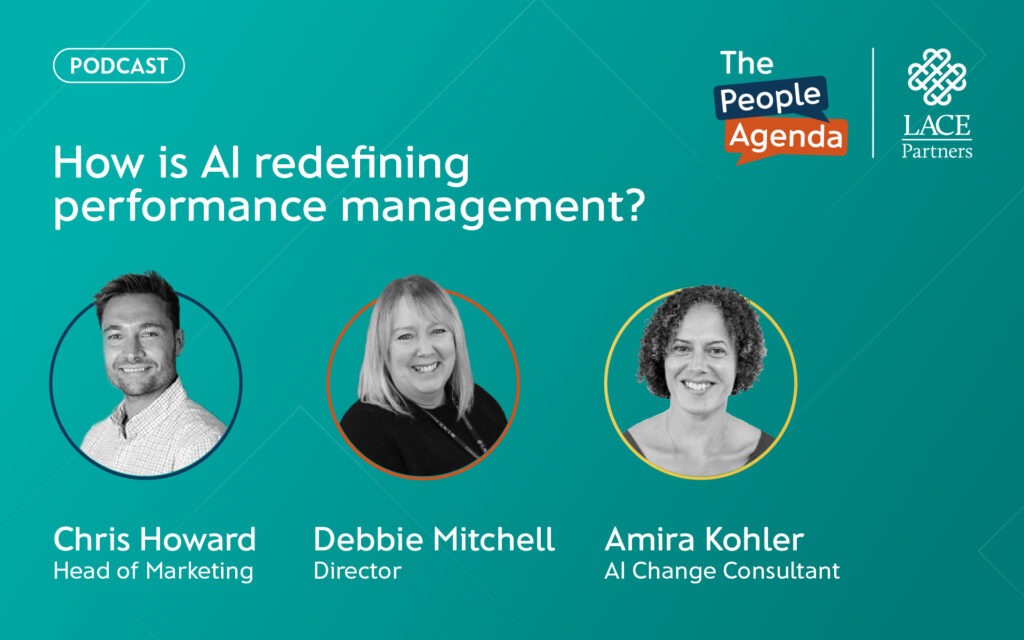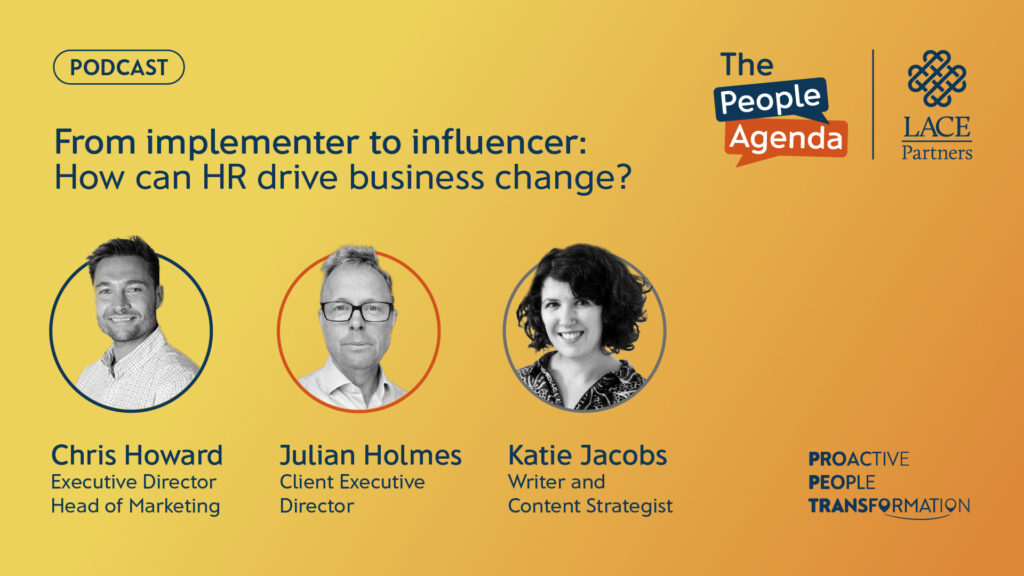Organisations everywhere are being faced with the challenge: does your current workforce have the skills it needs, both now and in the future? Answering this question lies in strategic workforce planning (SWP), and today’s blog from Jo Clarke de Dromantin unpacks three key approaches to SWP, including when and where to use them.
Let’s start with the basics.
What is strategic workforce planning?
It’s about anticipating and preparing for your organisation’s future workforce needs to ensure you can fulfil your business goals. This means understanding how to:
Have the right skills → At the right level → In the right place → When you need them
To accomplish this, you need to understand skills supply (the skills available currently internally and externally) and demand (what skills do you need and have currently that others may want as well).
This will allow you to assess the gap between skills supply and demand and what you need to do to close that gap. Done right, it enables organisations to stay agile in a fast-evolving market by aligning your talent strategy with your business goals.
But: all strategic workforce planning approaches are created equal (for your business) – so pick the right one
There are different ‘flavours’ of SWP that your business should focus on based on what your objectives are. The first question to answer before you look at your approach needs to be:
“What do our colleagues and the business need from SWP, in the short- and long-term?”
Three of the more common types of SWP that we see at LACE when talking to businesses include: cost-management, skills-based, and outcome-based SWP, and so for today’s blog, these are the three areas we’ve outlined as ‘food for thought’ when considering what your strategy should be when it comes to your future ambition.
This is not an exhaustive list; there are multiple types of strategic workforce planning, such as scenario-based, technology-driven, talent acquisition, succession planning, and demand-driven, and depending on the complexity of an organisation, multiple types of SWP can also occur at the same time in different areas of the business.
Cost management strategic workforce planning
Cost-focused SWP centres on optimising workforce spend while ensuring productivity isn’t compromised. The aim is to match workforce size and shape to business needs. Often, it occurs during budget cycles and periods of financial pressure.
Common levers that are manipulated include:
- Roles for automation
- Consolidating skillsets
- Exiting skills that are not adding value
- Determining the right blend of skills for permanent vs. contingent talent.
However, the risk of viewing SWP purely through a cost lens is that the initiatives to fulfil a cost-based agenda can lead to unintended consequences, such as loss of critical skills, increased turnover, or disengagement. Cost management SWP works best when it is paired with robust data, a clear capability assessment framework and career pathways.
If you’re focused on cost management SWP approaches, ask yourself:
“Are we reducing workforce costs in the short term but unintentionally eliminating the skills and capabilities needed to unlock future growth and remain competitive?”
Skills-based strategic workforce planning
Skills-based SWP is powerful as it shifts the lens from roles to capabilities.
Instead of asking “How many people will we need in future?”, organisations ask “What skills do we need in the future?”.
This approach is especially valuable in environments where there is a constant need for transformation to achieve business aims.
This model involves skill audits, taxonomy design, internal mobility mapping, and strategic upskilling. It enables businesses to identify critical gaps early, develop targeted learning paths, and shape recruitment strategies around emerging needs. One major benefit is agility – it allows organisations to flex their talent pools as strategies shift. A challenge of this is the availability of reliable and consistent data.
If you’re focused on skills-based SWP approaches, ask yourself:
“Do we have visibility of the critical skills that will drive our future business ambitions, and are we investing in them as strategically as we do in capital or technology?”
Outcome-based strategic workforce planning
Outcome-based SWP is driven by a specific business trigger or event, such as a merger, market expansion, technology shift, or operational change like relocation or restructuring. It focuses on aligning workforce plans with the outcomes the business wants to achieve, such as entering a new region, launching a new product line, or pivoting the operating model.
This type of SWP is typically project-based, cross-functional, and time-bound. The emphasis is on alignment and execution, ensuring talent strategy is not a step behind business transformation.
Each approach to SWP serves a different purpose, and the most effective organisations blend multiple types depending on their business maturity, industry dynamics, and strategic priorities. The key is knowing what the business needs from SWP today, and what it will need tomorrow, and adapting your approach accordingly.
If you’re focused on outcome-based SWP approaches, ask yourself:
“How are we ensuring our talent strategy remains tightly integrated and responsive to specific business triggers and transformation objectives?”
“When we plan for major business shifts, like entering new markets, launching products, or restructuring, are we building workforce scenarios early enough to shape outcomes, not just react to them?”
Workforce segmentation
- Trying to assess your entire workforce at once for Strategic Workforce Planning (SWP) is overwhelming and can make initiatives ineffective, leading to “the trough of disillusionment.”
- Workforce segmentation is a practical, problem-solving technique. It helps prioritise efforts by breaking down the workforce into manageable, meaningful groups.
- Instead of a one-size-fits-all approach, segmentation helps organisations identify where they can achieve the greatest return on investment (ROI).
- Different types of segmentation allow you to be very specific about the particular problem you’re trying to solve.

Segmentation isn’t just a data exercise; it’s a way to connect SWP to real-world decision-making, allowing you to be precise, focused, and impactful in how you manage talent to drive real value.
Mastering your talent blueprint: Tailoring SWP for tomorrow’s business
In today’s ‘change and transformation is business as usual’ world, just filling open roles isn’t enough. Strategic Workforce Planning (SWP) is about truly understanding and shaping your workforce to meet future business needs. This involves looking beyond simple headcount, considering the skills you’ll need, and aligning your talent strategy directly with organisational goals, whether it’s managing costs, building new capabilities, or responding to major business shifts.
We’ve explored three core approaches to SWP, but the most effective organisations know that there’s no one-size-fits-all solution; instead, they blend these approaches, adapting their SWP to match their unique business maturity, industry dynamics, and evolving strategic priorities.
Looking to build your own bespoke approach to SWP and need a steer? Reach out to people analytics and talent teams using the form below.
































